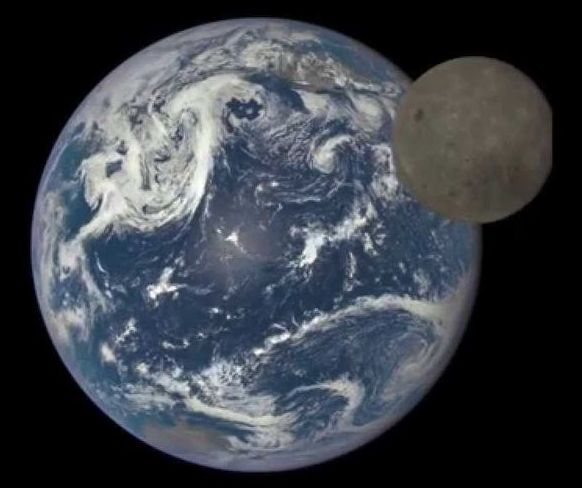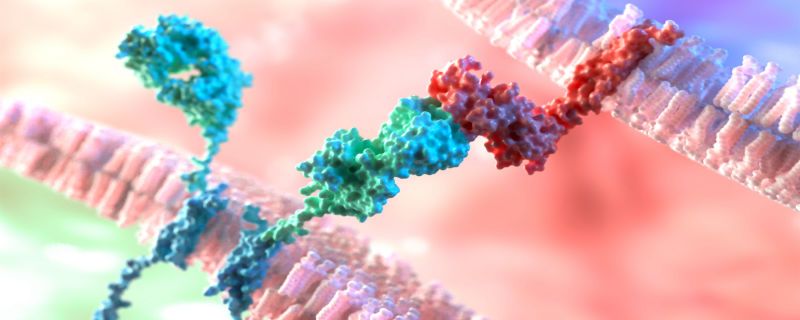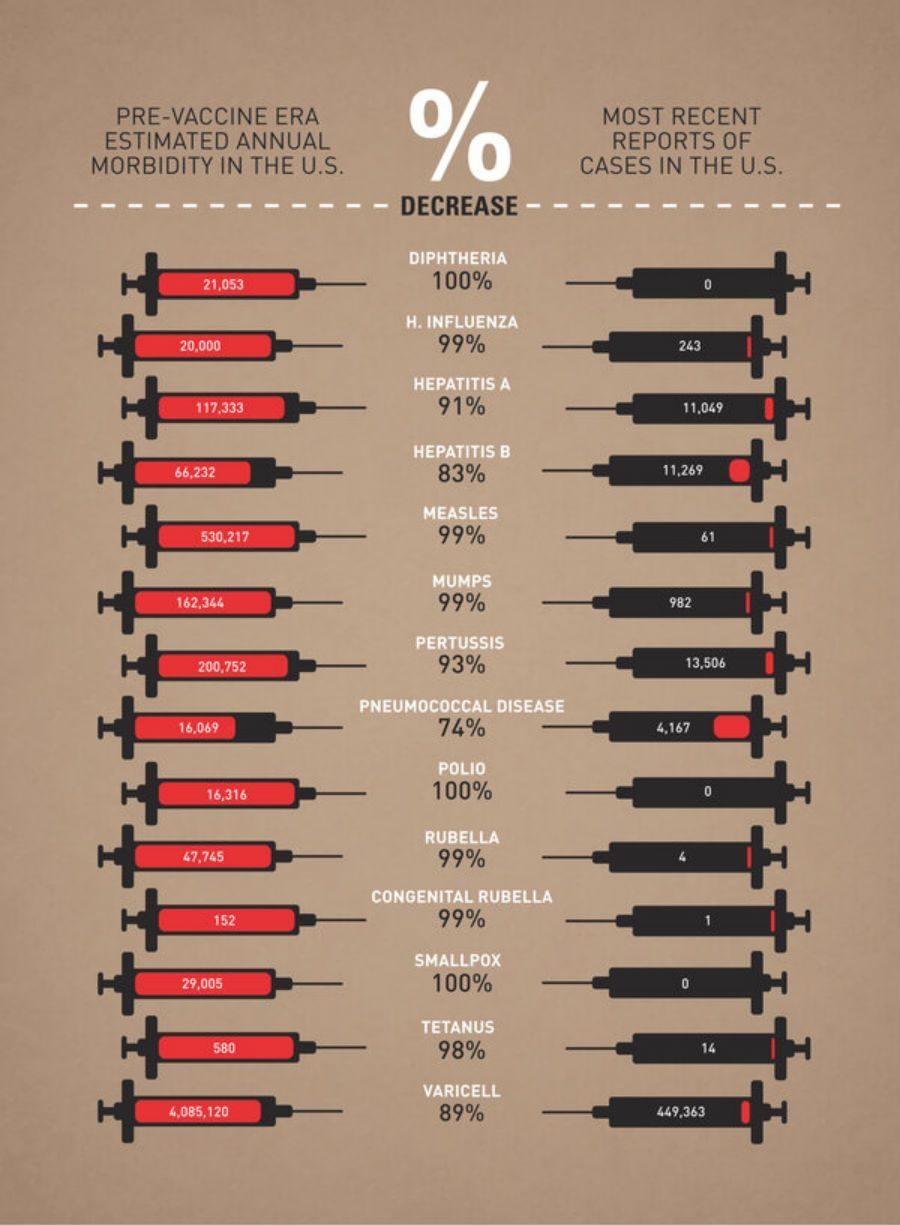Page 8173
Feb 20, 2019
14 Reasons Why People 100 Years Ago Died So Much Younger [INFOGRAPHIC]
Posted by Paul Battista in category: biotech/medical
During the pre-vaccination years, people died at younger ages not only because of poor sanitation and hygiene, but also mostly due to these 14 fatal diseases.
Feb 20, 2019
NASA, SpaceX Demo-1 Briefings, Events and Broadcasts
Posted by Klaus Baldauf in category: space travel
NASA and commercial crew provider SpaceX are targeting 2:48 a.m. EST Saturday, March 2, for the launch of the Demo-1 uncrewed flight test to the International Space Station. The uncrewed test flights will be the first time a commercially-built and operated American rocket and spacecraft designed for humans will launch to the space station.
Live coverage will begin on NASA Television and the agency’s website Friday, Feb. 22 with prelaunch events.
The SpaceX Crew Dragon spacecraft will launch on a Falcon 9 rocket from the historic Launch Complex 39A at NASA’s Kennedy Space Center in Florida. About 10 minutes after launch, Crew Dragon will reach its preliminary orbit. It is scheduled to dock to station Sunday, March 3 at 5:55 a.m. ESThe Crew Dragon spacecraft will carry about 400 pounds of crew supplies and equipment to the space station and return some critical research samples to Earth.
Continue reading “NASA, SpaceX Demo-1 Briefings, Events and Broadcasts” »
Feb 20, 2019
A CRISPR Gene Therapy for Hutchinson-Gilford Progeria
Posted by Steve Hill in categories: biotech/medical, genetics, life extension
Researchers at the Salk Institute have moved a step closer to a possible therapy for Hutchinson-Gilford progeria syndrome, a rare genetic disorder that is often described as accelerated aging, as people with it appear to age far faster than normal. Using a new CRISPR/Cas9 gene therapy in a mouse model, they were able to slow down the pace of the condition, improve health, and increase lifespan.
What is Hutchinson-Gilford progeria?
Progeria is a degenerative disorder caused by a mutation in the LMNA gene. This disease has an early onset and progresses rapidly, and animals and humans with progeria show symptoms that are similar to regular aging, only on a much-accelerated timescale, giving them drastically shorter lifespans than normal. Humans with this condition rarely live very long, with the average being only 13 years old.
Continue reading “A CRISPR Gene Therapy for Hutchinson-Gilford Progeria” »
Feb 20, 2019
President Donald J. Trump is Establishing America’s Space Force
Posted by Michael Lance in categories: military, space
Learn more about the framework that will establish the United States Space Force.
LEADING IN A NEW WARFIGHTING DOMAIN: President Trump knows warfare is changing – space is now a warfighting domain just like the air, land and sea.
Feb 20, 2019
Science Saturday: Multi-Level Selection Theory | Razib Khan & David Sloan Wilson [Science Saturday]
Posted by Xavier Rosseel in categories: evolution, science

Looks like an interesting new book.
01:34 Group selection: what it is and why it’s controversial
16:58 David defends group selection against its strongest critics.
28:09 Does group selection have a socialist dark side?
38:21 Razib on how a scientist went in a “dark direction”
47:19 Using evolutionary science to solve real-world problems.
56:23 How understanding evolution can make you a better teacher.
Feb 20, 2019
We are happy to announce Dr. Laura Niedernhofer and Dr. Paul Robbins, University of Minnesota, as speakers for the 2019 Undoing Aging Conference
Posted by Michael Greve in categories: biotech/medical, life extension
“Paul and Laura have made huge contributions to the biomedical gerontology field in recent years. Their work focuses on the characterisation and alleviation of the aspects of aging that are driven by DNA damage. At UA2019, their talks will describe their recent advances in the mechanistic understanding of DNA damage, aided by spectacularly good mouse models, and also their identification of natural products with potent senolytic activity”, says Aubrey de Grey.
undoing-aging.org/…/dr-laura-niedernhofer-and-dr-paul-robbi…
Feb 20, 2019
Your brain needs a fitness plan. Here’s how to keep it in shape
Posted by Genevieve Klien in categories: biotech/medical, food, health, neuroscience
This article is reprinted by permission from NextAvenue.org.
The basics of heart health have been drilled into our brains: Eat less saturated fat. Keep moving. Know your “numbers” for cholesterol, blood pressure and BMI.
But what about that brain itself? Although life expectancy has more than doubled since 1900, our “mindspan” — how long we stay cognitively healthy — hasn’t kept pace.
Continue reading “Your brain needs a fitness plan. Here’s how to keep it in shape” »
Feb 20, 2019
First human gene therapy surgery attempts to halt common form of vision loss
Posted by Genevieve Klien in category: biotech/medical
In an extraordinary milestone procedure, scientists in the UK have performed the first gene therapy operation aimed at stopping progression of the most common cause of vision loss. The success of the procedure is yet to be determined, however the scientists suggest this one-off operation could be performed early in the degeneration process and essentially halt the disease in its tracks.
Feb 20, 2019
Deep Space Climate Observatory
Posted by Ours Ondine in categories: climatology, space travel

https://www.youtube.com/watch?v=t3_1Ju5knGU&pbjreload=10
A NASA camera aboard the Deep Space Climate Observatory (DSCOVR) satellite captured a unique view of the moon as it moved in front of the sunlit side of Earth last month. The series of test images shows the fully illuminated ‘dark side’ of the moon that is never visible from Earth. The images were captured by NASA’s Earth Polychromatic Imaging Camera (EPIC), a four megapixel CCD camera and telescope on the DSCOVR satellite orbiting 1 million miles from Earth. From its position between the sun and Earth, DSCOVR conducts its primary mission of real-time solar wind monitoring for the National Oceanic and Atmospheric Administration (NOAA). EPIC maintains a constant view of the fully illuminated Earth as it rotates, providing scientific observations of ozone, vegetation, cloud height and aerosols in the atmosphere. Once EPIC begins regular observations next month, the camera will provide a series of Earth images allowing study of daily variations over the entire globe. About twice a year the camera will capture the moon and Earth together as the orbit of DSCOVR crosses the orbital plane of the moon. These images were taken between 12:50 p.m. and 5:45 p.m. PDT on July 16, showing the moon moving over the Pacific Ocean near North America. The North Pole is in the upper left corner of the image, reflecting the orbital tilt of Earth from the vantage point of the spacecraft. EPIC’s ‘natural color’ images of Earth are generated by combining three separate monochrome exposures taken by the camera in quick succession. EPIC takes a series of 10 images using different narrowband spectral filters — from ultraviolet to near infrared — to produce a variety of science products. The red, green and blue channel images are used in these color images. Combining three images taken about 30 seconds apart as the moon moves produces a slight but noticeable camera artifact on the right side of the moon. Because the moon has moved in relation to the Earth between the time the first (red) and last (green) exposures were made, a thin green offset appears on the right side of the moon when the three exposures are combined. This natural lunar movement also produces a slight red and blue offset on the left side of the moon in these unaltered images. The lunar far side lacks the large, dark, basaltic plains, or maria, that are so prominent on the Earth-facing side. The largest far side features are Mare Moscoviense in the upper left and Tsiolkovskiy crater in the lower left. A thin sliver of shadowed area of moon is visible on its right side.
















